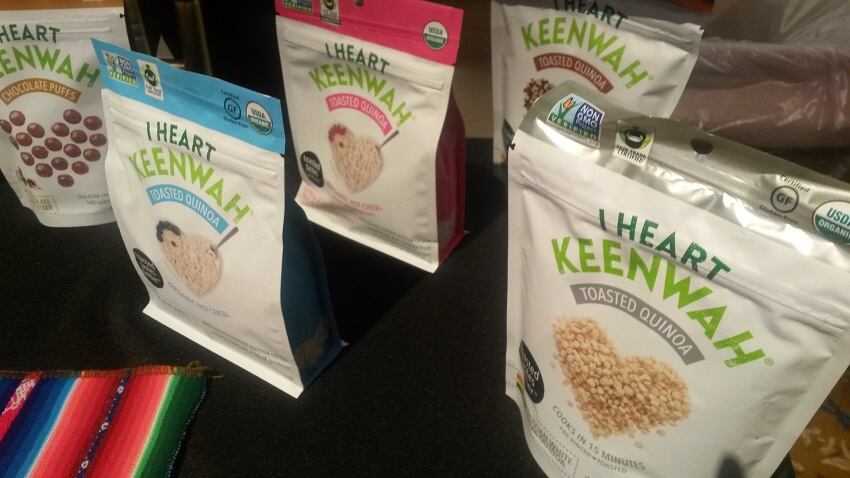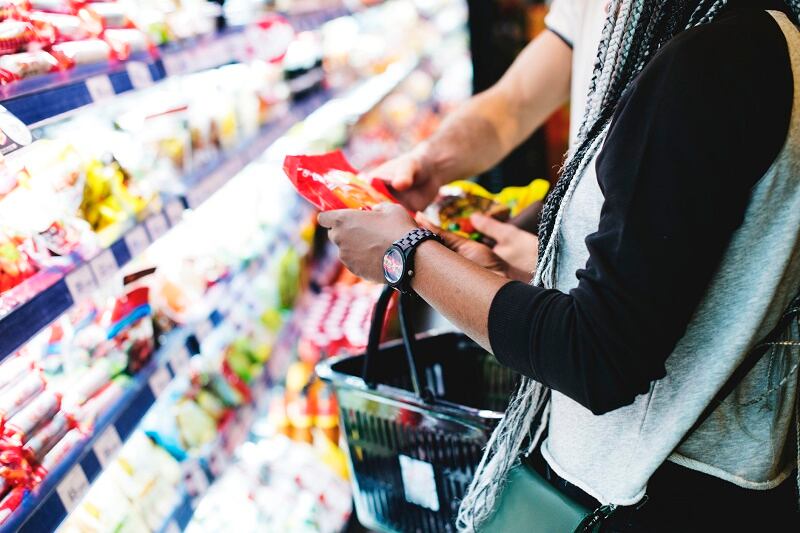He explained at Rabobank’s Annual Food & Agriculture Summit, which he attended as a winner of a FoodBytes! by Rabobank pitch slam, the first key to a successful fundraise is to have a solid financial model that shows investors exactly where their money will go and how it will generate a worthwhile return for them and the company.
The second, he said, is to realize no matter how good that plan is – most investors won’t be interested, which is why entrepreneurs need to talk to a lot of potential partners before they find the right one.
Step one: Create specific goals for your financial model
“Fundraising is a very difficult process. I think when you are starting, it is a black box and doesn’t really change because each round of funding looks very different,” Saunders said.
Saunders explained that for Farmer’s Fridge, which sells fresh meals out of a modern vending machine, the focus of investors evolved from questions about the business model’s viability to its scalability.
“When I first started, the question was, ‘Well, do you think anyone is really going to want to buy their lunch out of this thing, or is it just a fad?’ And, of course, five years later with a million meals sold it is hard to say that it might be a fad,” he said.
During subsequent raises, he noted, the questions evolved to focus instead on the company’s scalability, which Saunders says will hinge on its underlying technology and systems.
“We started by redefining the whole vending experience. So, having a beautiful box and a beautiful touch screen and a jar that was completely unlike anything ever seen before,” and then offering a meal that was so good that consumers would evangelize it to their friends, he explained.
He also noted that a huge part of the company’s focus is on food safety and quality control to ensure that each time a consumer eats a meal from one of its vending machines, their experience is positive.
Farmer’s Fridge attention to detail when it comes to quality, food safety and the consumer experience has helped the business scale over the past few years, and helped it secure an additional $30 million in series C funding this fall. Saunders says the funds from this round will go towards adding 400 to 500 fridges across the upper mid-west by the end of 2019.
Having concrete milestones that are realistic and measurable also is essential for signaling when it is time to start the next round of fundraising.
“When to start a fundraise is a really tricky question,” but “the most rational way to do it is to set the milestones and that is what you are raising money against, so typically the most rational way to do it is to set the milestones and once you have hit the milestones from the last round, then you know you are ready to go out and do the next round.”
Step 2: Network constantly
In order to be ready for the next fundraise when the company meets that milestone, Saunders recommends entrepreneurs constantly reach out to potential investors, even if they are not actively raising capital.
“The other thing I would strongly recommend is building as many relationships as possible. It is one of the reasons why an event like FoodBytes! is such a great opportunity because it allows you to meet people who might not be investors today, but could be investors in the future” or know someone else who is a good fit, he said.
Ultimately, he recommends, entrepreneurs will need to meet 150 to 200 potential investors before they find the right one, which is why they always need to be reaching out, telling their story and listening to the concerns and questions of potential investors so that they are prepared with an answer when it is time to ink a deal.



